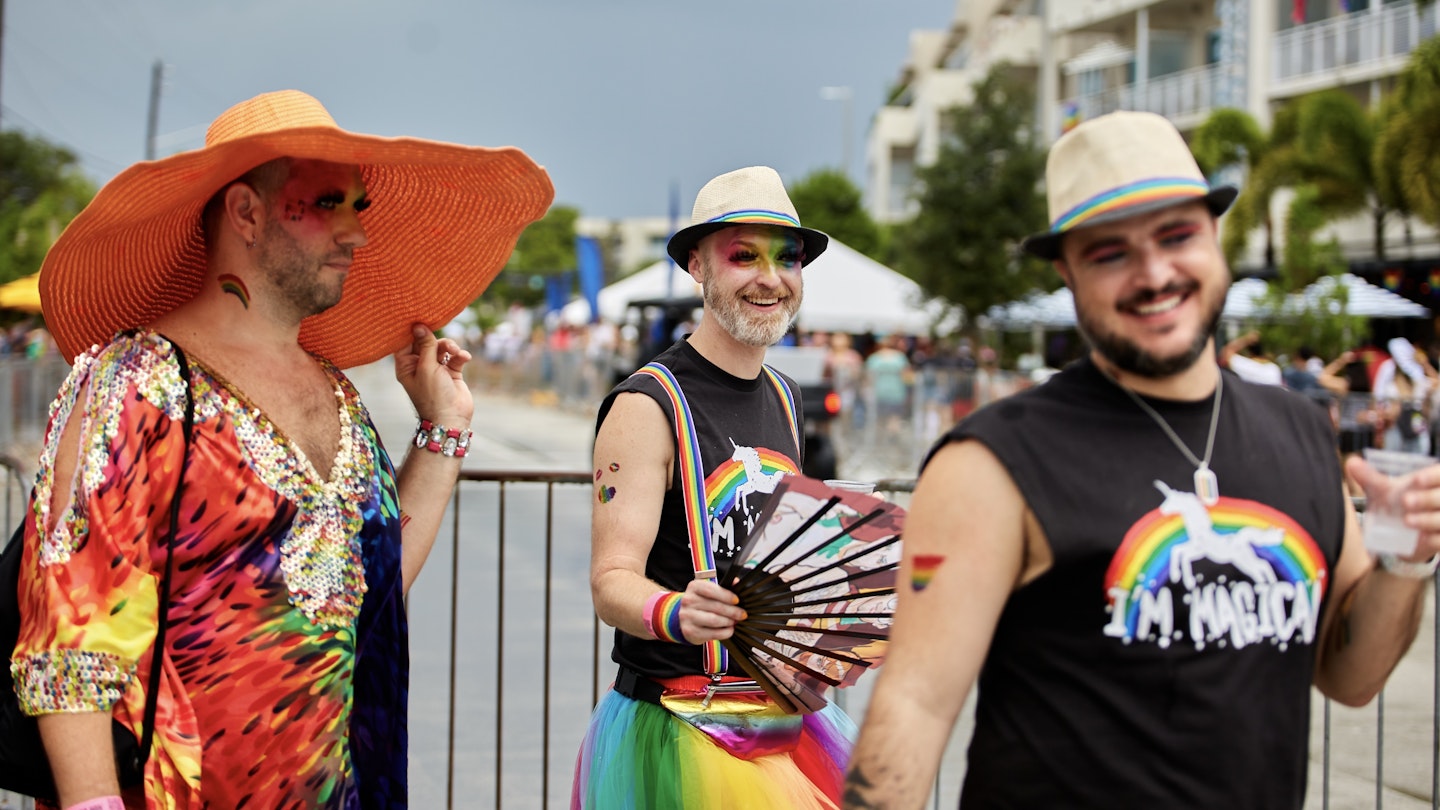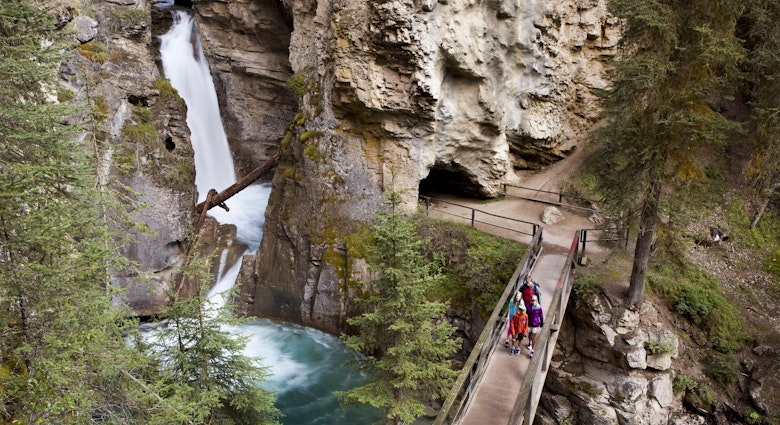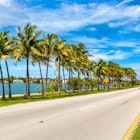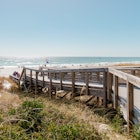The Sunshine State indeed has all you’ve read about: luminous golden beaches, the action of Walt Disney World, alligators sunbathing by the road in the Everglades, roadside orange groves...and much more, too.
With so many possible experiences in Florida, it’s easy to plan a multifaceted journey – one you can’t get in any other US state. I’ve called Fort Lauderdale home for eight years and have taken countless road trips to Florida from Virginia to visit family – which means I’ve witnessed firsthand how a Florida journey can go sour. Think families covered in sunburns, a lack of consideration for the quick-changing weather (thunderstorms and even hurricanes happen here) and a misunderstanding of just how diverse this state truly is.
So to help you plan your time here, I’ve put together a few tips – the top things to know about health, safety and local etiquette in Florida.

1. Consider a spring or fall adventure to avoid the crowds and heat
November to March is considered peak “snowbird season,” when northerners flee frigid temperatures and decamp to their Florida homes for the winter. Count on hotels, restaurants and attractions statewide being busiest during this time frame, and try to book any experience ahead of time whenever you can. On the contrary, the summer months (June through August) are among the hottest, with temperatures peaking in the mid-to-upper 90°Fs. To avoid the crowds and heat, consider a trip in spring (April–May) or fall (September–October).
Here’s when the Sunshine State gets the most sunshine (and other great times to visit)
2. Plan on spending at least a week in Florida
One of the biggest mistakes on any Florida visit? Only experiencing one tiny part of it, most often either Orlando’s theme parks or a single beach. To broaden your Florida horizons, rent a car or take the Brightline – a high-speed train that opened new routes in September 2023 between Orlando and Miami – and see more. In between and well beyond, there are historic towns worthy of pit stops or multiday stays, from America’s oldest city (St Augustine) to craft-brewery-packed Tampa.
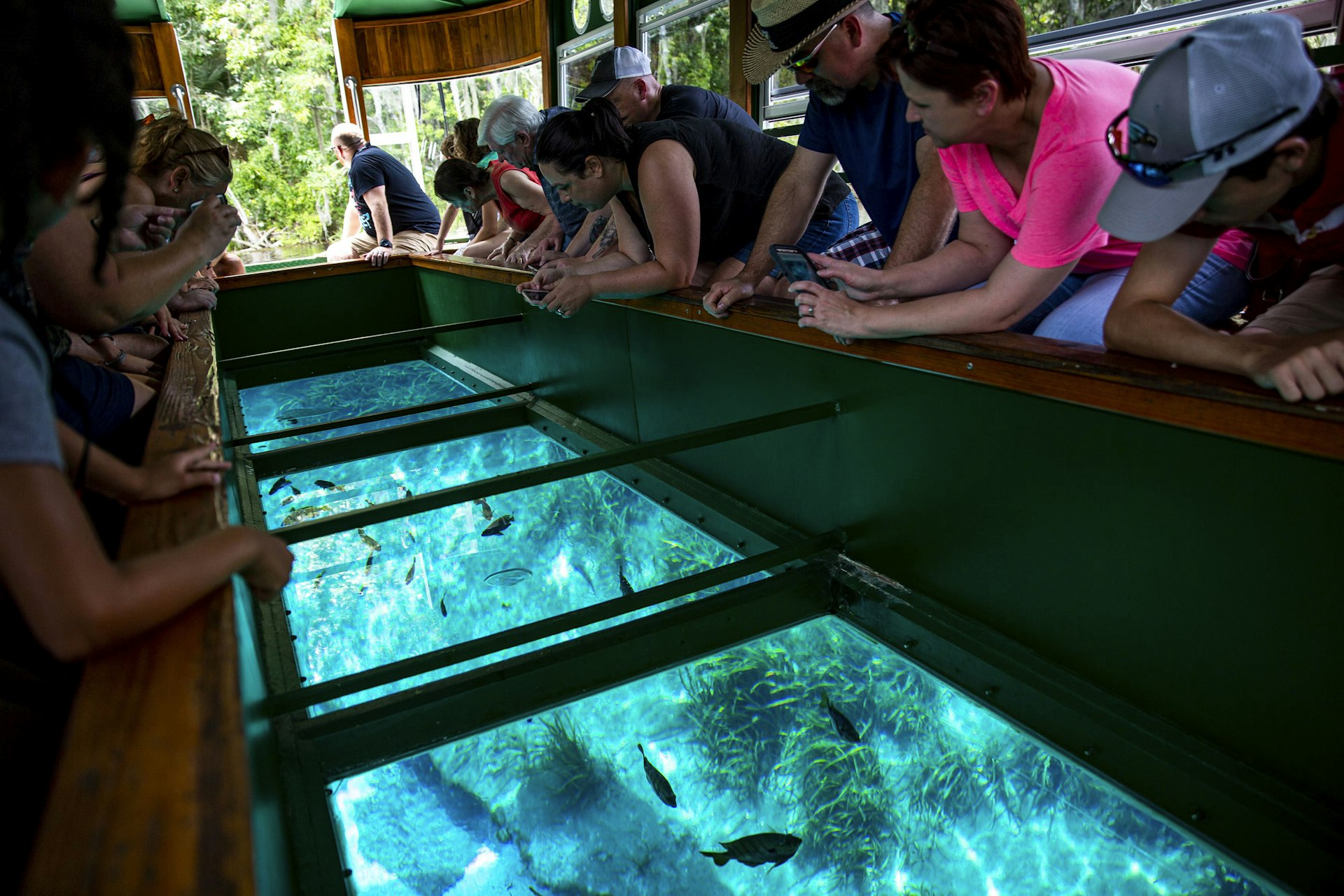
3. Add a state park to your itinerary of national park visits
Florida has three national parks: Biscayne, Dry Tortugas and Everglades. All in the southern part of the state and heavily water-focused, they are each buzzworthy – and often packed. Yet overlooked and for a bit of a quieter venture, Florida’s state parks have equally dazzling attractions. Think snorkeling with starfish in the Florida Keys at Bahia Honda State Park, navigating caves at Florida Caverns State Park outside of Tallahassee, looking at marine life through a glass-bottomed boat at Silver Springs State Park near Ocala, and much more.
Save our ultimate guide to Florida's national parks
4. Stay safe during the Atlantic hurricane season
The Atlantic hurricane season runs June 1 through November 30. Surrounded by warm ocean waters that open all the way to Africa as well as the Gulf of Mexico, Florida seems to be a prime target for nasty storm systems each year. Keep an eye on the National Hurricane Center’s latest forecasts before and during your trip to see what may be coming your way.
5. If you rent a car, prepare for driver- and traffic-induced mayhem (especially in South Florida)
South Florida – comprising Miami, Fort Lauderdale and West Palm Beach – is one of the most densely populated stretches of land in the continental US. And there simply aren’t many north–south options for getting from city to city, with Interstate 95, Florida’s turnpike and (if you’re not in a rush) US Rte 1 as options. Whether because of an overdose of sun or just the sheer number of people on the road, tempers can flare notoriously, with motorcycles weaving through traffic, heavy horn usage and road rage being norms. Stay vigilant and avoid engaging with an angry driver.
Check out our full transportation guide to Florida
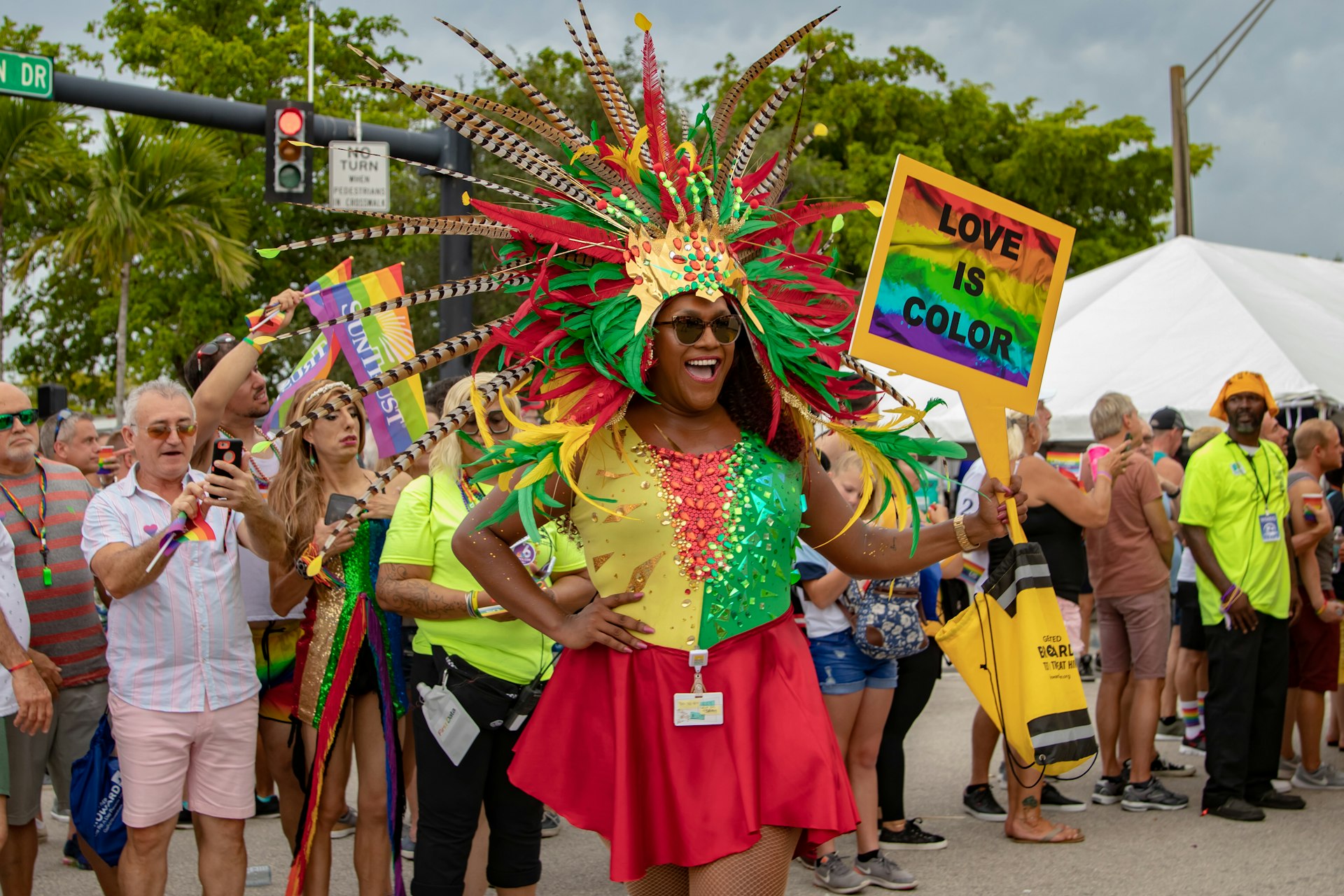
6. Book a trip to one of the Sunshine State’s LGBTIQ-friendly destinations
In recent years, Florida has been no stranger to controversial legislation and political debates about race, parents’ role in education and LGBTIQ+ rights and other hot-button topics. Yet despite the headlines, the Sunshine State is home to some of the strongest and most inclusive communities you’ll find anywhere in the world. Among them is Wilton Manors, “Florida’s gayborhood,” which is packed with welcoming bars, LGBTIQ-inspired art, galleries and more. Key West, Miami Beach, Gulfport, Orlando and Sarasota are long-standing LGBTIQ+ destinations as well.
7. Embrace the cafecito
Regardless of how you like your coffee – con leche, as a cappuccino or black – you have to try Florida’s cultural must, the cafecito, particularly in the southern part of the state. A tradition from Cuba, just 90 miles away, the cafecito is a beloved staple for Florida’s Cuban Americans – and today, well beyond that community. Often served in a plastic cup the size of a super-sized thimble, it’s an instant kick, with dark roast espresso and pure sugar. It’s sweet and ultra-caffeinated – and the typical choice rather than a regular coffee. Your cafecito should be enjoyed in its purest form, too, to avoid getting a weird look.
These are the best spots to sip cafecito in Miami
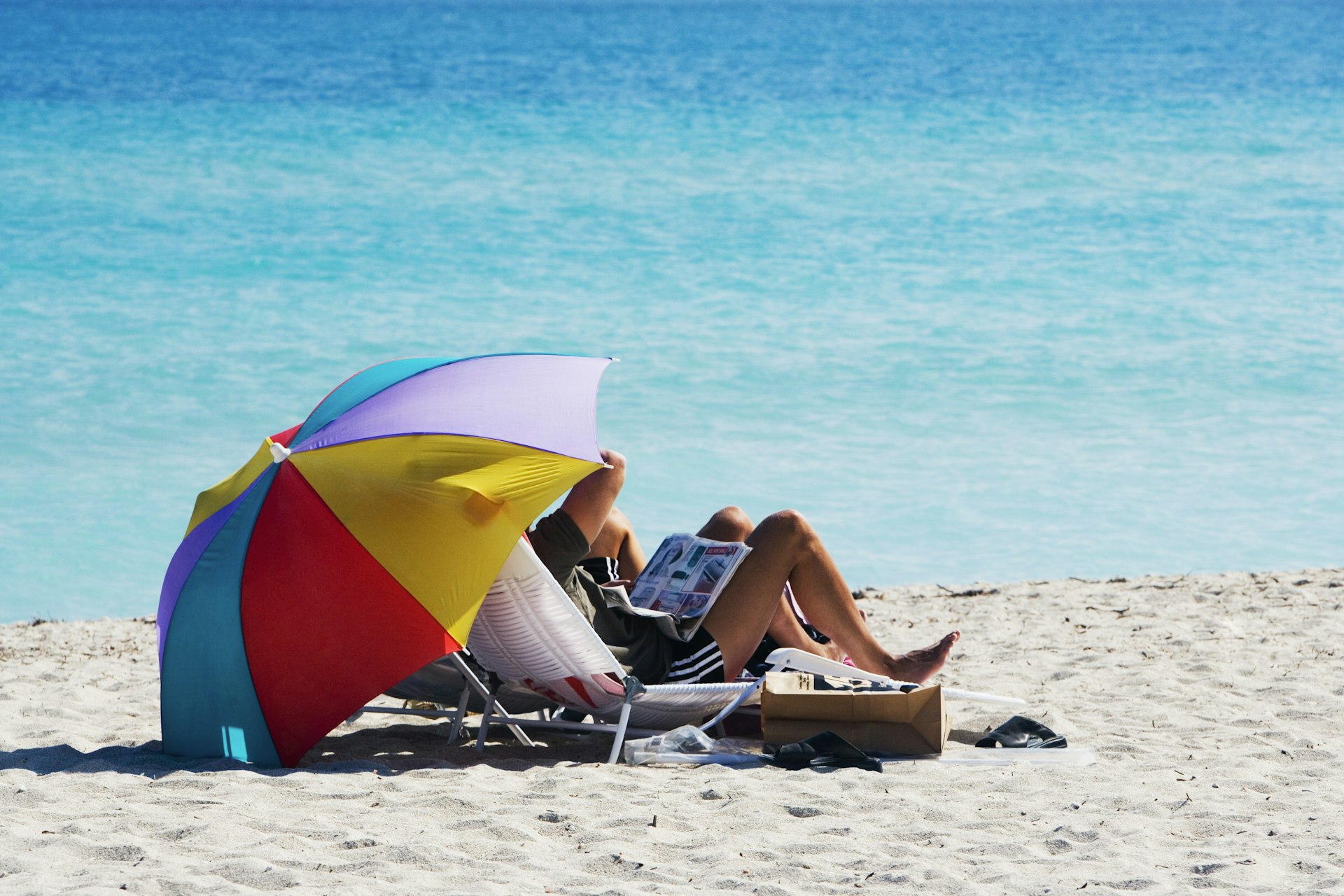
8. Pack sun-protective gear to avoid the burn
It is the Sunshine State, after all. Carefully soaking in a few rays is expected – but a sunburn always ruins the fun. Wherever you head in Florida, ensure you pack sunscreen, sunglasses, a sun hat and sun-protective attire. Additionally, an umbrella or rain jacket can’t hurt, as the entire state is prone to quick-moving thunderstorms.
9. Yes, you can drink alcohol legally on select Florida beaches
Contrary to the raucous spring break stories you’ve heard through the years, the bulk of Florida beaches prohibit alcohol. If you’re unsure, check out the government website of the city you are staying in for applicable laws. Yet there are popular spots that do allow alcohol (typically in cans, not bottles), including Perdido Key on the Florida Panhandle, Panama City Beach, Madeira Beach in the St Petersburg area, and Siesta Key Beach in Sarasota.

10. Hire a captain for a stress-free boating adventure
Whether you want to navigate the St John’s River in Jacksonville, fish for flounder off the coast of New Smyrna Beach near Daytona Beach or enjoy some other boating pursuit, hire a captain. A licensed captain will know to respect pertinent no-wake zones (or speed limits) on Florida rivers and canals. What’s more, a captained boat will be properly equipped with navigation lights, floatation devices and fire extinguishers, and you can be confident that right-of-way passing norms are followed. This is a very wise choice if you have zero boating experience and/or want to consume booze on board.
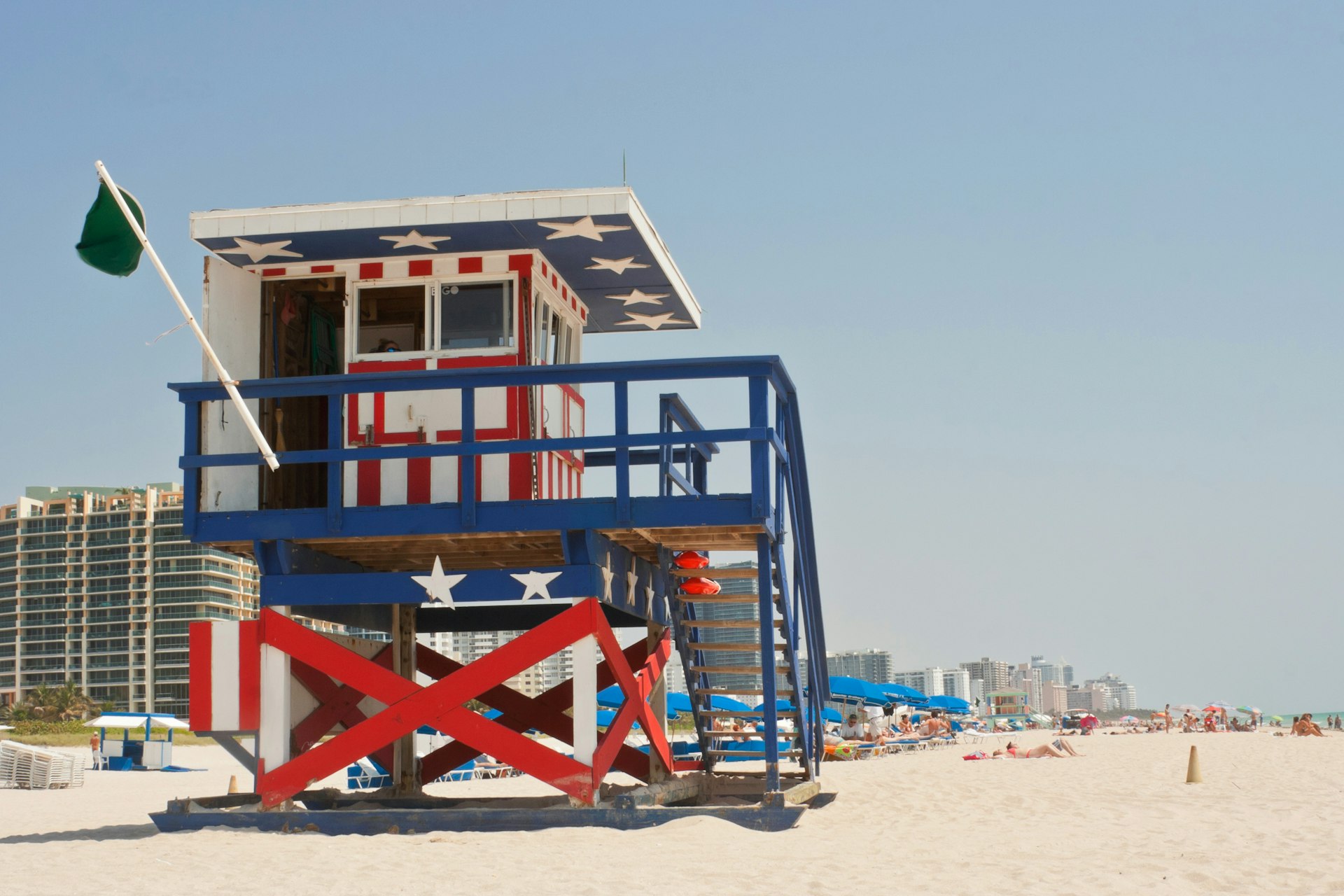
11. Know what the flags at the lifeguard stands mean
There are five colored flags you may see flying at a lifeguard stand on Florida beaches. Similar to a stoplight, green means calm conditions, yellow means that the currents and surf are moderate, and red means high surf and strong currents. If you see an additional red flag with a no-swimming emblem, the water is closed to the public. The final color – purple – signifies stinging marine life (eg jellyfish) have been spotted nearby, so be extra cautious.
Planning a trip to Florida? Here’s more of our expert advice:
These places should be on your itinerary
From beaches to theme parks, don’t miss Florida's top experiences
Check out these budget-friendly tips before you book
These road trips will take you to all the highlights in Florida

